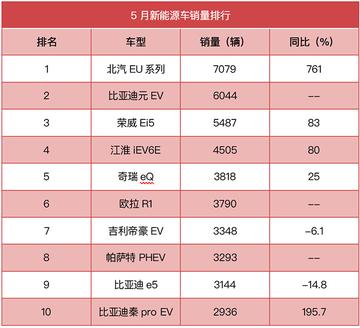一、背景介绍
在计算机专业的面试中,业务上BUG的识别与解决是考察者技术能力和解决能力的重要环节。是一个典型的业务上BUG我们将对其进行详细分析,并给出解决方案。
假设我们正在开发一个在线购物平台,一个功能是用户可以查看自己的购物车。在购物车的显示页面上,用户可以添加商品、删除商品,能够计算出购物车的总金额。是一个简化的代码片段,用于显示购物车的和计算总金额:
python
class ShoppingCart:
def __init__(self):
self.items = []
self.prices = []
def add_item(self, item, price):
self.items.append(item)
self.prices.append(price)
def remove_item(self, item):
for i, shopping_item in enumerate(self.items):
if shopping_item == item:
del self.items[i]
del self.prices[i]
return
print("Item not found in the shopping cart.")
def total_price(self):
return sum(self.prices)
# 测试代码
cart = ShoppingCart()
cart.add_item("Book", 15.99)
cart.add_item("Pen", 2.99)
print("Total price:", cart.total_price()) # 应输出:18.98
cart.remove_item("Pen")
print("Total price after removing Pen:", cart.total_price()) # 应输出:15.99
二、发现
在上述代码中,我们注意到一个潜在的业务上BUG。当用户尝试删除购物车中不存在的商品时,程序会输出“Item not found in the shopping cart.”,而不是静默地忽略这个操作。
三、分析
这个BUG的根源在于`remove_item`方法中,当商品不存在于购物车中时,程序没有正确处理这种情况。是分析的几个关键点:
1. 当商品不存在时,`enumerate`循环会遍历整个购物车列表,即使商品不在。
2. 尽管商品不在列表中,`del`语句仍然会执行,这可能导致列表索引错误。
3. 输出错误信息而不是静默处理,可能会给用户带来困惑。
四、解决方案
为了解决这个BUG,我们可以对`remove_item`方法进行修改:
python
def remove_item(self, item):
item_index = self.items.index(item)
if item_index == -1:
print("Item not found in the shopping cart.")
return
del self.items[item_index]
del self.prices[item_index]
在这个解决方案中,我们尝试通过`index`方法找到商品在列表中的索引。索引为`-1`,表示商品不存在,我们输出错误信息并返回。索引存在,我们使用该索引删除对应的商品和价格。
五、测试与验证
修改后的代码应该能够正确处理用户尝试删除不存在商品的情况。是测试代码:
python
# 测试代码
cart = ShoppingCart()
cart.add_item("Book", 15.99)
cart.add_item("Pen", 2.99)
print("Total price:", cart.total_price()) # 应输出:18.98
cart.remove_item("Pen")
print("Total price after removing Pen:", cart.total_price()) # 应输出:15.99
cart.remove_item("Pencil") # 尝试删除不存在的商品
通过上述测试,我们可以确认修改后的代码能够正确处理各种情况,包括删除不存在的商品。
六、
在计算机专业的面试中,理解并解决业务上BUG是展示技术能力和解决能力的重要。通过上述案例分析,我们了解了如何识别和解决代码中的潜在。在实际工作中,这种能力对于确保软件质量和用户体验至关重要。



还没有评论呢,快来抢沙发~